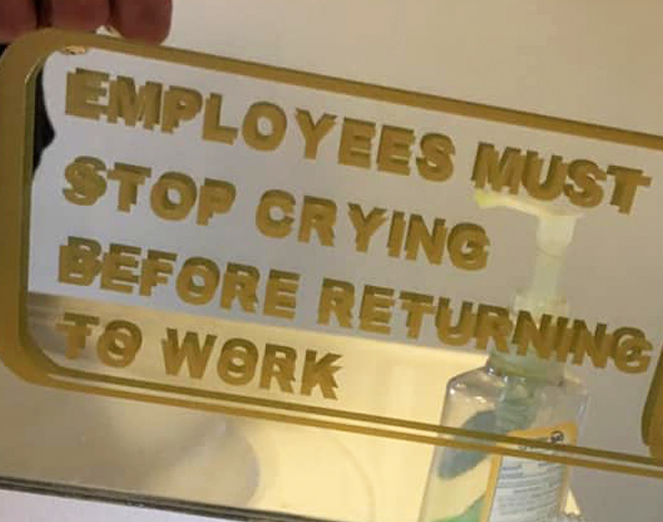

They also didn’t clarify that the assignment should be organized into sentences considering of nouns and verbs and be understandable by an English speaker. It did not clarify that the due date should be understood through the lense of a conventional calendar.
There’s some table stakes expectations that you don’t need to explicitly state over and over again.





I think that is all correct, but still might find some way to rationalize up to a non zero final grade, just because of the extreme optics while something like a 3/25 is for all intents and purposes just as bad but just “looks” better.
But frankly the students intent from the second of reading the assignment was likely to leverage the assignment to cry woke and go to Internet no matter what.